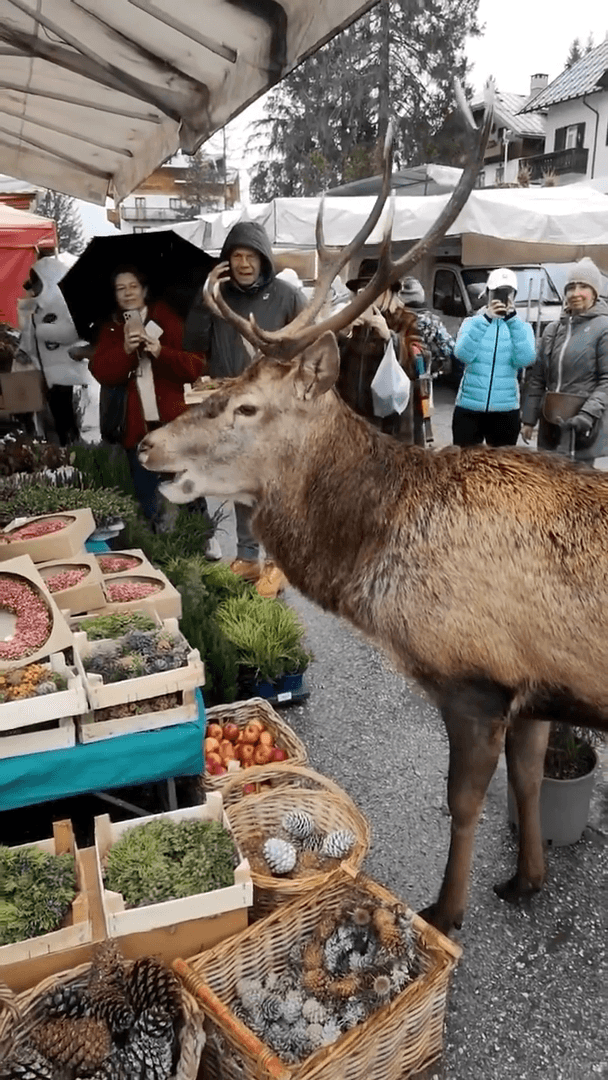
BLM Land Hunting Rules: What You Need to Know Before You Go: Know more about Traditions, Laws, Clubs and Community The Bureau of Land Management (BLM) oversees 245 million acres across 12 western states, offering hunters unparalleled access to diverse hunting opportunities. These lands, spanning Nevada, Alaska, Utah, and Wyoming, feature varied terrain from deserts to mountains, creating unique ecosystems that support abundant wildlife. Geographical Diversity and Hunting Advantages BLM lands showcase remarkable geographical diversity, with elevations ranging from below sea level in Death Valley to over 13,000 feet in Colorado's San Juan Mountains. This variation creates distinct microclimates supporting diverse wildlife species. The remote nature of many areas ensures minimal hunting pressure compared to other public lands. Ancient forests, sagebrush steppe, and alpine meadows provide ideal habitats for various game species, while limited human development preserves native ecosystem
Post: 26 May 19:48
















































